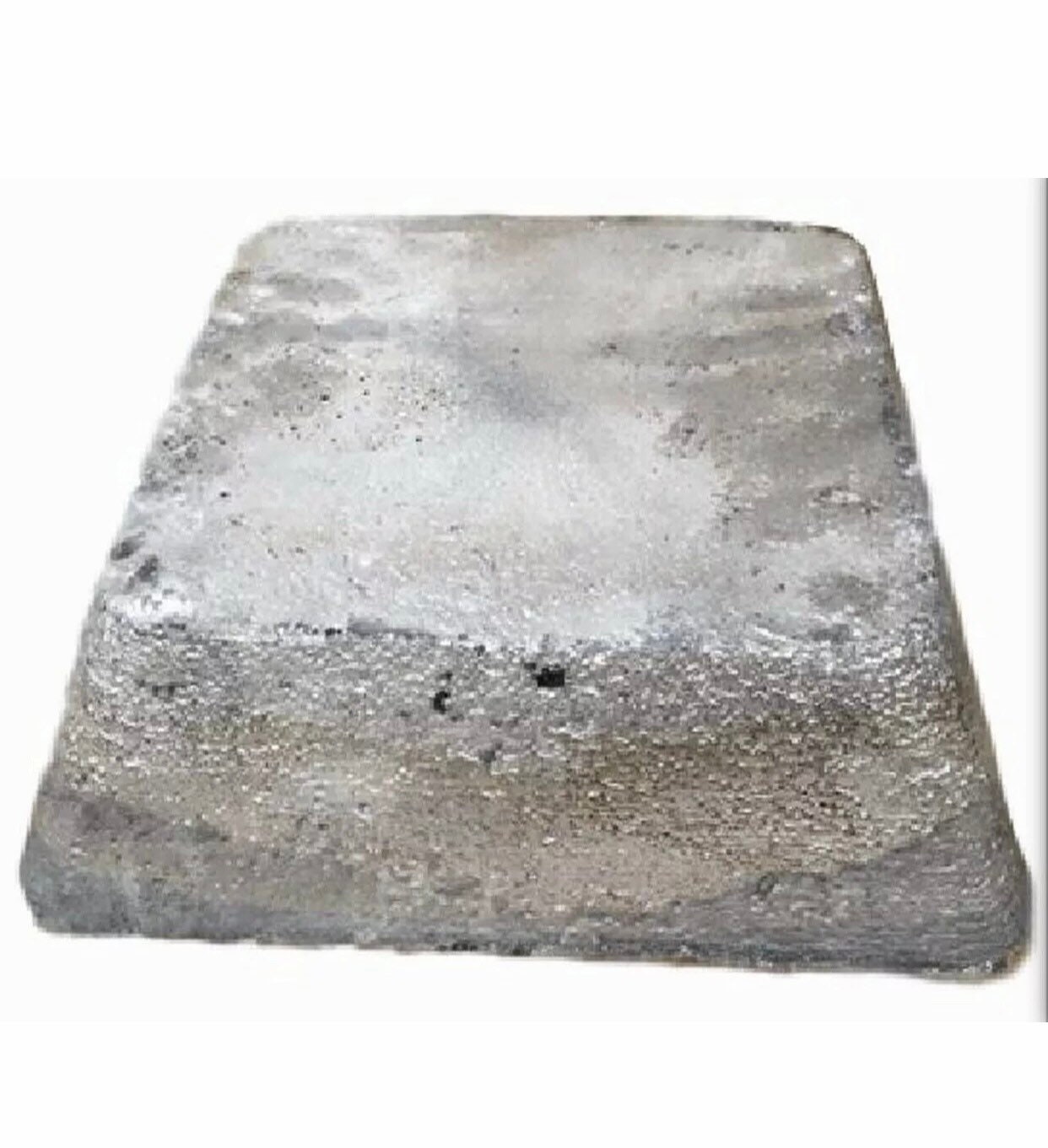

annual consumption from the Stibnite mine. As you can see from the chart below, that does not include anticipated increased domestic antimony demand from the development of next-generation battery technology. antimony usage over the first six years of production. Perpetua anticipates a 12-year production time frame related to the currently known resource present at the mine site, and believes it will be able to produce, on average, about 35% of current U.S.

Notably, this project is considered one of the largest resources of antimony outside of the control of China, Russia and their allies. If all goes as currently planned, the company tells me it anticipates first production of gold and antimony from the mine in the 2025-2026 time frame. Forest Service under the National Environmental Policy Act (NEPA).Īssuming the NEPA effort meets with success, Perpetua will spend up to a year seeking as many as 50 separate required permits, licenses, approvals and authorizations from federal, state and local regulatory bodies before work can finally begin on the project itself. The company has spent the last decade in the planning phase of the project, and is currently seeking approvals from the U.S. Perpetua Resources, a company created a decade ago to restart production at Stibnite, is optimistic it can recover this critical resource over a period of about 12 years, and ultimately clean up and restore the area it occupies to pristine condition.

There remains much gold to be mined at the Stibnite site, and that means a great deal of antimony to be mined along with it. needs to develop a domestic supply of this critical mineral, but where will it come from? Ironically, the only potential domestic source of the metal currently being considered for development happens to be the very same Stibnite mine that served such a vital role during World War II. and China continue rising, so do concerns about the ultimate source of that supply. Thus, the development of this technology is key to the “energy transition” ever really taking place, and that cannot happen without a reliable and ample supply of antimony. Liquid metal batteries are able to hold the charge put into them over much longer periods of time and are far less impacted by severe temperatures. Antimony is a key element in the manufacture of lithium-ion batteries, as mentioned above, but even more crucial is the fact that it is integral to the development of the next-generation liquid metal batteries that, as Ecclestone pointed out during the webinar, hold the key to truly scalable energy storage for wind and solar power.Īlthough Tesla CEO Elon Musk touts his company’s lithium-ion technology as that key, Ecclestone disagrees, mainly because lithium-ion batteries rapidly lose their charge, especially in unusually cold or hot temperatures. Those 300 to 700 foot-tall windmills that sporadically produce electricity? Made with antimony. That thick, heavy glass used in solar panels? It’s made with antimony. Now, consider this: There can be no “ energy transition” without adequate supplies of antimony. Oh, and that car you’re thinking about buying? Sorry. No modern kitchen appliances, all of which make use of digital circuitry. Worse, Ecclestone believes that global demand for antimony in the coming years “cannot be met from current supplies.” If true, this will impact all of us in a variety of ways, because antimony is a crucial element in far more than just military applications.įor example, consider its usage in the high-tech sector, where it is a key ingredient in semi-conductors, circuit boards, electric switches, fluorescent lighting, high quality clear glass and lithium-ion batteries. This helps to explain a recent spike in the price for the metal, which has doubled over the last 6 months. Ecclestone said he believes Chinese supply is in rapid decline, and that the Chinese government is currently rationing its own production. However, several large producing nations ship their supplies to China for processing, meaning that the communist empire still processes 80% of global supply, and thus commands its ultimate supply chain.


 0 kommentar(er)
0 kommentar(er)
